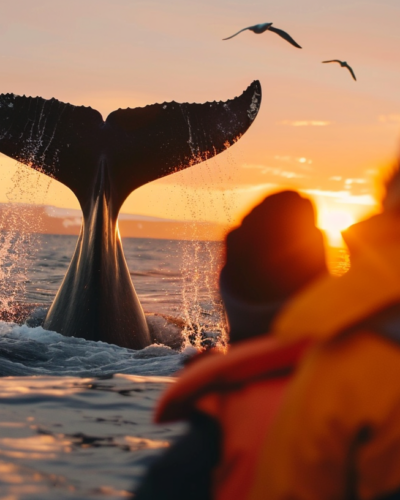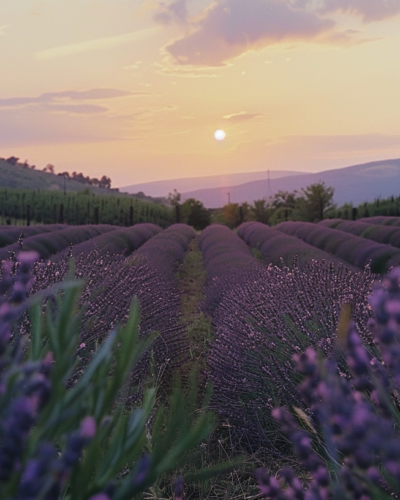Timing is everything, but when planning a trip to Iceland, you’ll need more than a calendar and reliable forecasts.
When planning a trip to Iceland, you’re not just packing a bag; you’re preparing for an adventure in one of the world’s most dynamic climates. Considering that weather in The Land of Fire and Ice is as varied as the landscape itself, a bit of foresight is your best ally.
That being said, let’s jump right into it!
Understanding Iceland’s Climate
Understanding the local climate and weather patterns is always crucial when planning a trip to Iceland.
Let’s get that out of the way before anything:
Seasonal Overview: Summer (June-August)
Summer brings milder temperatures and extended daylight hours, ideal for exploring attractions like the Golden Circle or hiking in Vatnajökull National Park.
The midnight sun beautifully illuminates places like the Snæfellsnes Peninsula, and allows for some thrilling activities well into the night.
Regional Differences
While Reykjavik offers gentle climates, you can still venture into the central highlands and get exposed to its raw, untouched Icelandic nature where temperatures can dip without notice. The central highlands near Landmannalaugar, for example, can be significantly cooler and prone to sudden weather changes.
Meanwhile, the northern town of Akureyri also bites with its chill, but it does serve as a gateway to the Arctic beauty of the surrounding areas.
And if you’re planning a trip to Iceland’s coastal areas like the Westfjords, cool conditions give way to wetter conditions. In this case then, prioritize waterproof gear over thicker coats.
Travel Tips During Different Seasons
Like they say: “Travel planning is one-half packing and one-half scheduling.”
Okay… maybe nobody says that.
Still, timing is surely of the essence when planning a trip to Iceland. Luckily, there’s plenty to see and do year-round, with each season offering a unique set of experiences:
Summer (June-August)
Capitalize on extended daylight to explore Iceland’s vast landscapes. This season is perfect for visiting popular locales and engaging in wildlife watching, especially puffins on the Látrabjarg cliffs. You can also take long treks and hikes or drive the Ring Road under the ethereal glow of the midnight sun.
Winter (November-February)
Embrace the cold as you chase the northern lights or soak in the warmth of the Blue Lagoon. It goes without saying how layering is crucial when you’re on roam mode. Focus on moisture-wicking materials and thermal insulation for activities like ice caving at Vatnajökull.
Shoulder Seasons (Spring/Autumn)
These months are less predictable but offer the beauty of spring flowers or autumnal hues. Destinations like Þórsmörk become canvases of changing colors, which will require you to pack gear that adjusts from sunny afternoons to chilly evenings.
Essential Gear
Of course, while timing is everything, there’s just really no winning against Mother Nature sometimes!
Where careful scheduling fails, your pack should come to the rescue:
- CLOTHING ESSENTIALS: As mentioned earlier, your suitcase should include layers that can adapt to quick shifts in weather. Opt for waterproof jackets, breathable fabrics, and thermal wear, especially if venturing to the colder, windier areas like the Eastfjords. Remember, it’s not about the cold, it’s about staying dry.
- FOOTWEAR: Whether traversing the lava fields of Þingvellir or the glacial paths of Skaftafell, robust, waterproof hiking boots are a must. Look for options with enhanced ankle support and aggressive tread patterns for slippery surfaces.
- ACCESSORIES: Never underestimate the wind chill when planning a trip to Iceland. Warm hats, gloves, and scarves aren’t just accessories, they are essentials that shield you from the biting cold.
Staying Safe
- DRIVING CONDITIONS: Navigating Iceland’s roads during winter demands extra caution. Ensure your vehicle is equipped with winter tires and you’re comfortable with icy conditions.
- OUTDOOR SAFETY: Equip yourself with knowledge on navigating Iceland’s rugged terrains and the basics of weather-related safety. Always have a plan for sudden storms, especially when hiking near areas like the Eyjafjallajökull volcano.
- HEALTH PRECAUTIONS: The cold and wind can swiftly sap your energy. Keep your stamina by staying well hydrated and fueled, especially important during vigorous activities like hiking or exploring glacier caves.
Make Planning a Trip to Iceland a Breeze with ThisCityKnows
Your Icelandic journey requires more than just packing; it demands preparation, awareness, and respect for nature’s power. And planning a trip to Iceland with detailed knowledge of local conditions can help ensure for you a safe but still memorable adventure.
For that, you can lean on ThisCityKnows for tailored advice, more top-notch recommendations, and thoughtful insights.
Start your Icelandic saga with confidence and curiosity with ThisCityKnows.











